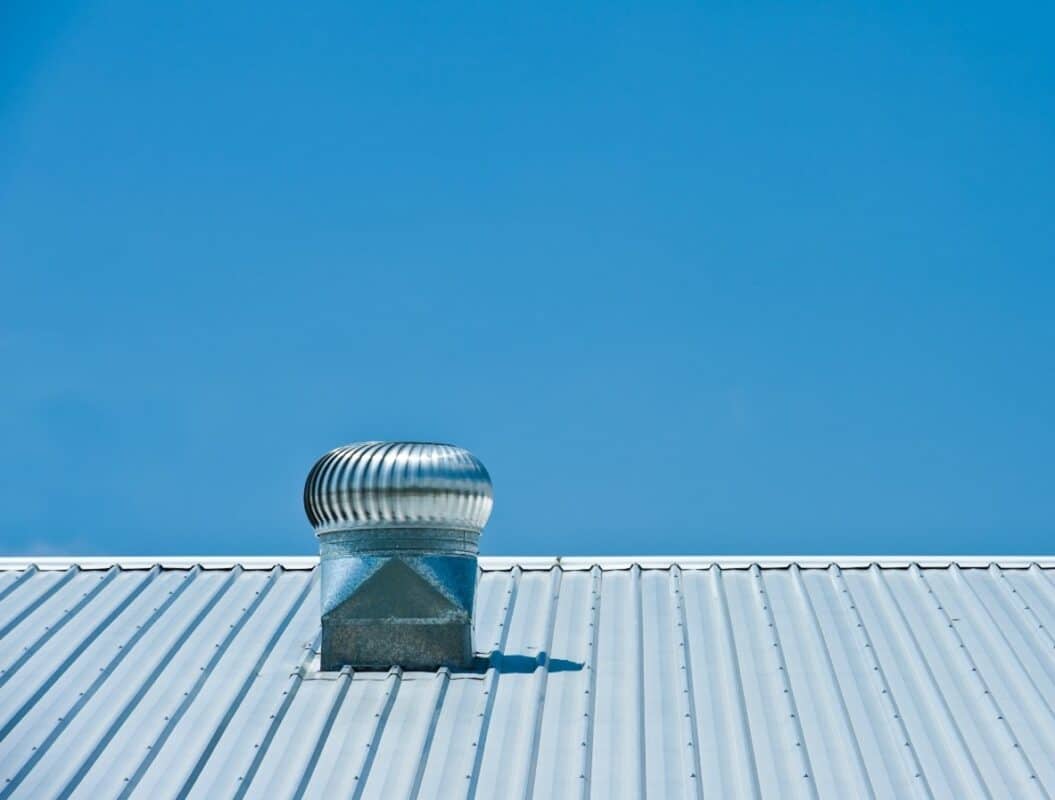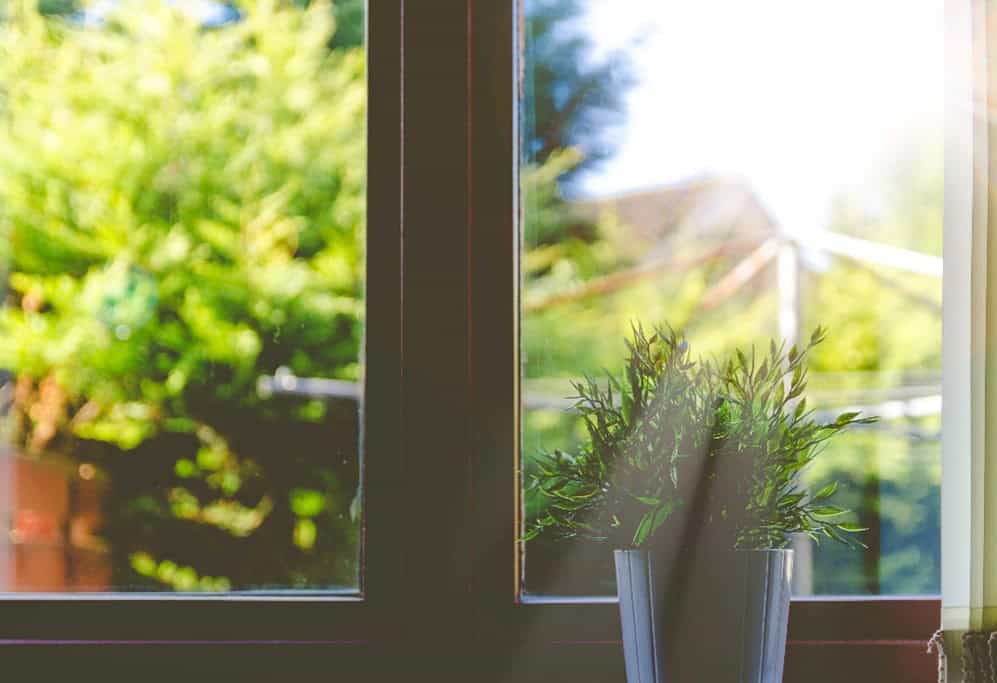
Creating a comfortable and energy-efficient home environment is a priority for many homeowners. Two crucial elements in achieving this goal are proper roof ventilation and the installation of energy-efficient windows. In this article, we’ll delve into the importance of roof ventilation, how it contributes to a comfortable indoor climate, and the benefits of investing in Low-E windows. By understanding the significance of these elements, homeowners can take steps towards a more comfortable, energy-efficient, and financially savvy living space.
The Role of Roof Ventilation in Home Comfort
Roof ventilation is a critical component of a well-maintained and comfortable home. It regulates the temperature in the attic space, which, in turn, affects the overall climate inside the house. During warmer months, proper roof ventilation helps expel hot air that accumulates in the attic, reducing the strain on air conditioning systems and maintaining a cooler indoor environment. In colder months, it helps prevent moisture buildup, which can lead to mold growth and structural damage.
Installation and Maintenance Tips
Contact expert roofing contractors to install the proper ventilation system. Here, they will be able to determine if roof repairs are needed, ensuring that the installation is properly installed and secured. Professional roofers will help determine the most suitable option for your home’s architecture and climate.
Choose the Right Ventilation System: Talk with your chosen roofing contractor to determine the type of ventilation system needed. There are several types of roof ventilation systems, including ridge vents, soffit vents, and roof louvers.
Ensure Proper Sizing: Properly sized vents are crucial for effective ventilation. A professional assessment will help determine the appropriate size and placement of vents to optimize airflow.
Regular Inspections: Schedule routine inspections to check for any obstructions, damage, or signs of wear and tear. Addressing issues promptly will help maintain the efficiency of the ventilation system.
Clean Debris: Keep vents free of debris like leaves, dirt, and other obstructions. This ensures unrestricted airflow and maximizes the effectiveness of the ventilation system.
Low-E Windows: Enhancing Comfort and Efficiency
Low-E (low emissivity) windows are designed to reduce heat transfer, making them a valuable addition to any home. They contain a microscopically thin coating that reflects infrared light, which helps regulate indoor temperatures. During the summer, Low-E windows reflect a significant portion of the sun’s heat, keeping interiors cooler. In winter, they prevent heat from escaping, resulting in a warmer, more comfortable living space.

Selecting the Right Windows
Window Styles: Consider the architectural style of your home and your personal preferences when choosing window styles. Options include casement, double-hung, sliding, and more.
Frame Materials: Window frames come in various materials, including wood, vinyl, fiberglass, and aluminum. Each material has unique attributes, such as durability, energy efficiency, and maintenance requirements.
Glass Options: Low-E coatings are available in different variations, each tailored to specific climate zones. Consult with a window professional to determine the most suitable option for your region.
Professional Installation: Proper window installation is crucial for the performance of Low-E windows. Hire experienced professionals to ensure a precise fit and optimal energy efficiency.
Financial Benefits and Resale Value
Investing in proper roof ventilation and Low-E windows not only enhances home comfort but also leads to long-term financial benefits. Reduced energy consumption translates to lower utility bills, providing homeowners with substantial savings over time. Additionally, energy-efficient upgrades increase a property’s resale value, making it a wise investment for the future.
Conclusion
Proper roof ventilation and Low-E windows are key components in creating a comfortable, energy-efficient, and financially savvy home. By understanding their importance and making informed decisions during installation, homeowners can enjoy a more pleasant indoor environment while reaping the long-term financial benefits. Don’t underestimate the impact of these upgrades; they are essential steps towards a better living space for you and your family.
